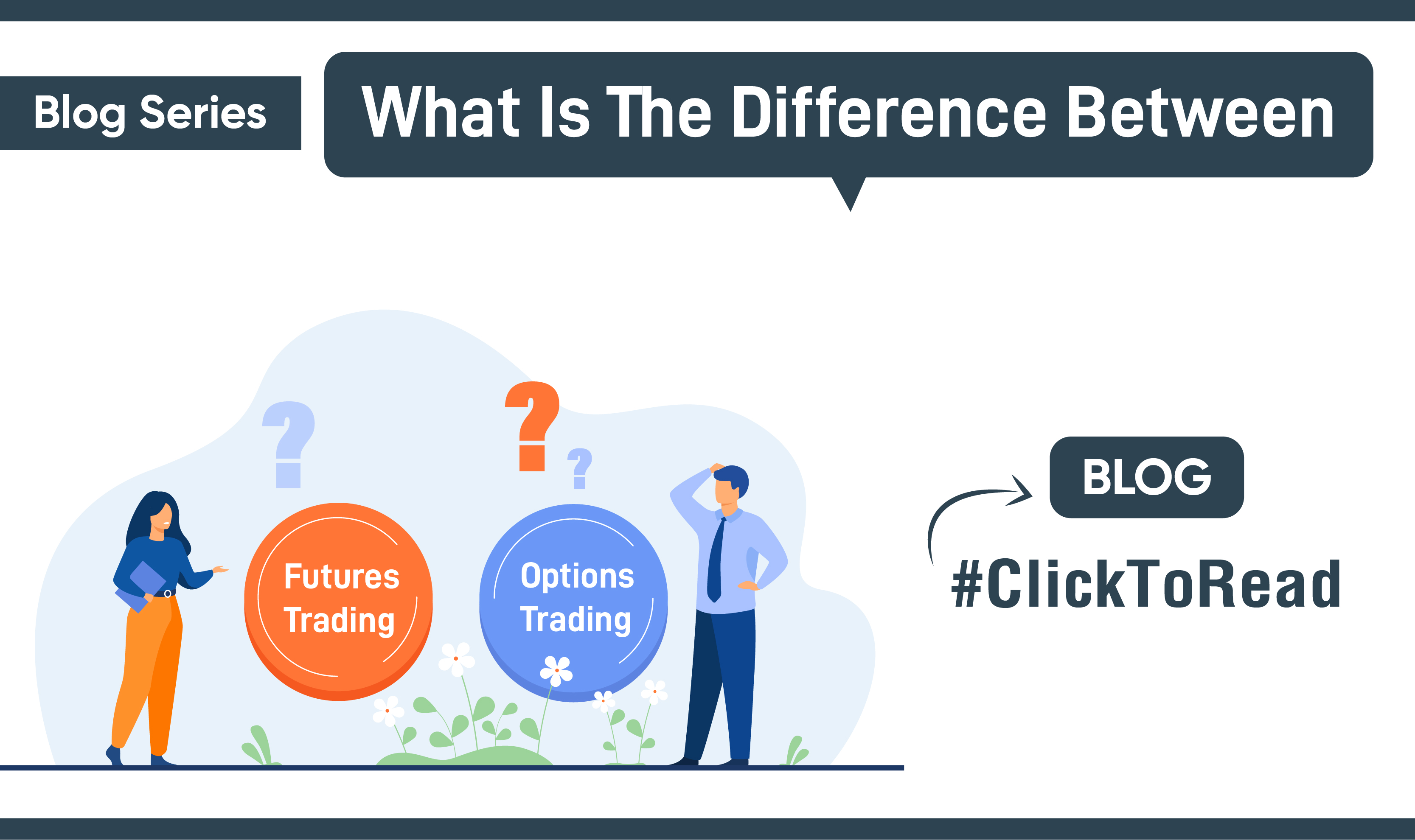The world of finance brims with instruments designed to hedge risks and capitalize on market movements. Among these, futures trading and options stand out as popular derivatives, each offering unique advantages and drawbacks. Understanding the intricacies of these instruments is crucial for traders seeking to make informed investment decisions. This comprehensive guide delves into the depths of futures trading versus options, shedding light on their differences, applications, and strategic implications.

Image: www.happiestpost.com
Futures Contracts: Trading on Tomorrow’s Prices
Futures contracts, as their name suggests, are agreements to buy or sell an underlying asset at a set price on a specified future date. These contracts are standardized and traded on regulated futures exchanges, providing a transparent and leveraged platform for risk management and speculation.
Traders can enter into futures positions for various reasons. Hedgers use futures to offset the risk of future price fluctuations in underlying commodities or financial instruments. For example, an airline might purchase futures contracts for jet fuel to secure a fixed price, mitigating the risk of rising fuel costs.
Conversely, speculators leverage futures to capitalize on anticipated price movements. By accurately predicting future prices, traders can profit from the difference between the contract price and the underlying asset’s spot price at its expiration. For instance, a trader who anticipates a surge in oil prices might buy oil futures contracts, hoping to sell them later at a higher price.
Options Contracts: The Right, Not the Obligation
Options contracts differ from futures contracts in that they confer the right, but not the obligation, to buy or sell an underlying asset at a strike price before a specific expiration date. This flexibility offers traders an array of strategies to manage risk and profit from market movements.
Call options grant the buyer the right to buy an underlying asset at the strike price, providing the opportunity to profit from rising prices. Put options, on the other hand, provide the buyer the right to sell an asset at the strike price, enabling them to profit from price declines.
The holder of an option contract is not obligated to exercise their right to buy or sell the underlying asset, providing greater control over their position compared to futures contracts. This flexibility allows traders to use options to hedge risks, speculate, or generate income through option premiums.
Key Differences between Futures and Options
While futures and options share similarities as derivatives, they exhibit distinct characteristics that cater to different trading strategies. Here are the key differences between futures and options:
-

Image: www.indiratrade.comObligation vs. Right
: Futures contracts obligate the holder to buy or sell the underlying asset, while options provide the right but not the obligation.
-
Set Price vs. Strike Price
: Futures contracts specify a set price for the underlying asset, while options involve a strike price, at which the buyer may choose to buy or sell.
-
Expiration Date
: Both futures and options contracts have expiration dates, beyond which they become void.
-
Leverage
: Futures contracts offer higher leverage than options, as they require a smaller margin to control a larger position.
Which Instrument Is Right for You?
The optimal choice between futures and options depends on individual trading goals and risk tolerance. Here’s a brief guide to help you decide:
- Hedging: Futures are more commonly used for hedging due to their obligation-based structure, providing greater certainty for risk management.
- Speculation: Both futures and options offer opportunities for speculation, with futures offering higher leverage for more aggressive trading and options providing greater flexibility and lower upfront costs.
- Income Generation: Options can be used to generate income through premium collection, while futures do not offer this benefit.
Futures Trading Versus Options
![[WIP] Enrollment – Options Trading Program | Beyond Insights](https://www.beyondinsights.net/wp-content/uploads/Call-vs-Put-Options-1536x830.png)
Image: www.beyondinsights.net
Conclusion: Navigating the Complexities of Derivative Trading
Futures trading and options present traders with a diverse range of tools for managing risk and profiting from market movements. Understanding the fundamental differences between these instruments






